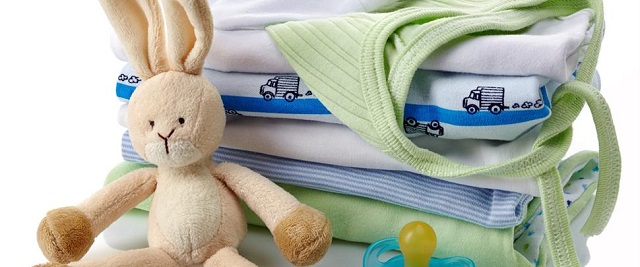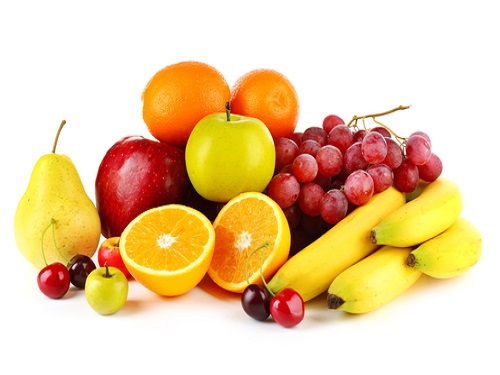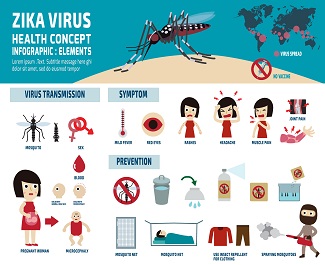What to prepare for your newborn baby
One of the most exciting things for the expectant parents is getting ready the stuff – either second-hand or new – for your baby when he arrives.
You do not need to prepare a lot of things. It is most important to provide a safe place with a firm mattress that is not too far away from you for your baby to sleep.
Items you may wish to prepare
Below is a list to check off some of the other items you may wish to prepare before the baby’s arrival:​
- ​Towels. Handkerchiefs, bath and face towels for the baby.
- Wash basin. For bathing the baby.
- Toiletries. Baby wash, nappy wipes, nappy rash cream.
- Nappies. Cloth diapers are washable and cheaper over the long term. Some come with Velcro fasteners or you can use nappy pins. If you are using disposable diapers, buy just a few packs in “newborn” size; your baby may outgrow this size quickly.
- A changing pad. More practical than buying a changing table as a pad is light and portable and allows you to change your baby’s diapers anywhere you want.
- Baby clothes. Buy just enough to last him through each growth spurt. You may consider choosing onepiece body suits (or onesies) with an opening so that you can change diapers easily without having to undress your baby. Also prepare enough socks, booties and mittens.​
- Small table lamp or night light. Very useful during night feeds.
- Baby cot. The cot should be sturdy with smooth moving parts so that fingers or clothing would not get trapped. If you are recycling a borrowed or old cot, make sure you get a new firm mattress.
Tips on selecting a baby cot::
- ​​​The mattress and bedding should fit snugly in the cot to prevent the baby from getting tangled in the excess material.
- The base should be adjustable so that you do not have to bend too far down to carry your baby during the early months.
- As your baby grows, you should be able to lower the base so he cannot climb out of bed. One or both of the side rails should also be adjustable.
- Side rails should be protected with​ a plastic covering. When the baby starts teething, he may chew on the side rails.
- The distance between the slats should not be more than the width of a soda can so as to prevent the baby’s head from getting stuck in between.
- There should be lockable castor rollers so that you can move the cot around.
- ​Cupboard and/or chest of drawers. Storage space for his clothes and toys.
- Baby carrier. Baby carrier, also known as a sling, lets you carry your baby in front to keep him warm and close to you. This will allow you to manage your baby hands-free if you are out and about without a pram. Get one that has good support for his head and his back.
- ​Stroller. Young babies need fully reclining seats. Check the adjustable sleeping positions that allow this. ​
Tips on selecting a stroller:
- Look out for strollers with multiple functions. Some can convert from a pram (with the baby facing the mummy) to strollers. Others can transform from a pram to a bassinet and to a stroller. Some also come with a carry-cot fixed onto the pram, which can later be removed and converted into a stroller when the baby outgrows it. Always ensure that the parts are well anchored and not loose.
- Make sure the brakes are working well.
- If you take public transport, consider the weight and ease of opening/closing. Mothers who usually travel alone with their baby may prefer a stroller with one-hand easy-fold mechanism. If you drive, make sure that the stroller can fit into your boot when it is folded up. ​​
- ​Car seat. It is regulated by law to use a car seat when travelling. Prepare a car seat for your newborn as he will need to travel in one, right from the first ride home from the hospital. Newborn babies should use a rear-facing infant carseat (baby faces the back of the vehicle) which is well-padded. Make sure the car seat is properly installed. If your front passenger seat is fixed with an air bag, do not use a rear-facing baby seat there. Put it in the back seat instead.
Preparing the hospital bag
- Letter of admission
- Documents for birth registration. Births should be registered within 14 days from the date of birth. Some hospitals have a birth registration centre so if you intend to do it there, prepare both parents’ identity cards, your marriage certificate and the Notification of Live Birth issued by the hospital.
- Toothbrush, toothpaste and facial care products
- Comb or hair brush
- Nursing gowns that open in front to facilitate breastfeeding
- Slippers
- Cardigan and socks to keep you warm
- Nursing bras and nursing pads
- Maternity sanitary pads
- ​Underwear. Some mums prefer disposables, or pack your old undies which can be thrown out after wear.
- An outfit to wear home. Your body won’t go back to your pre-pregnancy size instantly so pick clothes that you can fit into. Mums who are doing a caesarean section (C-section) may prefer something loose around the waist.
- A new set of clothes for the baby
- Music, magazines and books to help you relax
- Breast pump (optional)
Source: Gearing Up For Birth
Subscribe to receive newsletter on pregnancy and parenting in Singapore.


